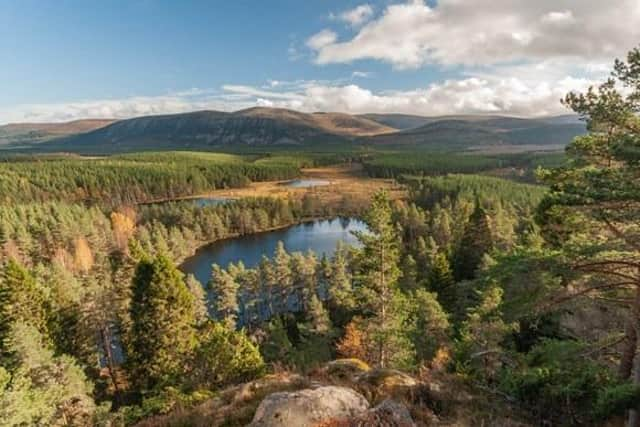Foresters advised to take action for future


Future-proofing Scotland’s forests and woodlands to be more resilient will ensure they continue to provide environmental, social and economic benefits, and play a key role in achieving Net Zero by 2045.
Increasing tree species and diversity, creating mixed woodlands, using natural regeneration, careful design plans and careful selection of tree provenance are just some of the measures being advised.
Advertisement
Advertisement
The advice is contained in a new UK Forestry Standard Practice Guide produced by the Forest Research agency.
Environment Minister Màiri McAllan said: “Our forests and woodlands have such a substantial role in helping to reduce climate change and nature loss, but we need to protect them and ensure they are up to the job well into the future.
“As I highlighted in the recent ICF conference on Climate Smart Forestry, we are facing serious challenges with a rapidly changing climate. Milder, wetter winters, warmer and drier summers, mixed with more frequent extreme weather events are expected in the future. A perfect example of this was Storm Arwen last year and the cluster of storms that followed quickly after.
“With this change in climate we also need to ensure Scotland’s forests and woodlands are more resilient to the growing number of pests and diseases that we are now facing. It is essential that we make sure our forests are fit for the future.”
Advertisement
Advertisement
Trees play a huge role in climate mitigation as they remove carbon dioxide from the atmosphere and store the carbon in solid form as wood.
Around 6.2 million tonnes of harmful CO2 are removed from Scotland’s atmosphere each year, around 10% or the country’s gross greenhouse gas emissions.
The harvesting and use of wood from sustainably managed forests transfers the carbon into wood products where it can continue to be stored, often over long periods, in materials such as those used for construction and furniture.
Wood products can also be used as an alternative to other materials that release greenhouse gases in their production, such as concrete and plastics.